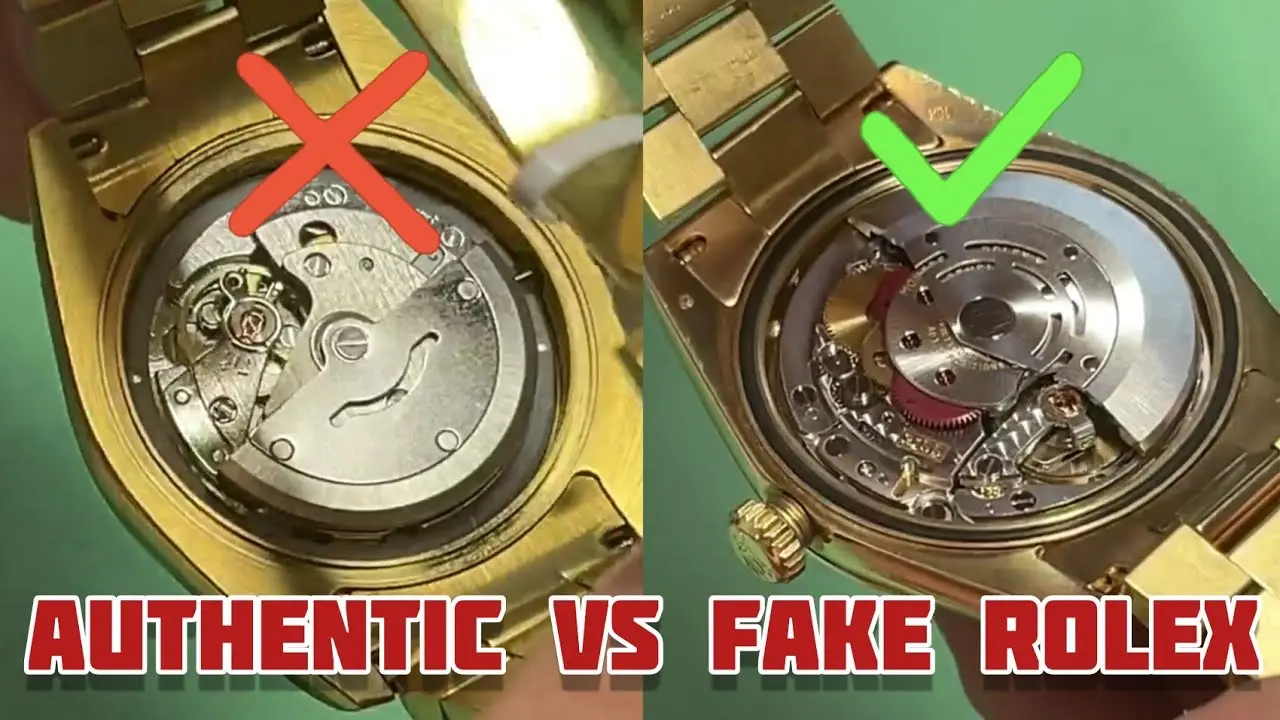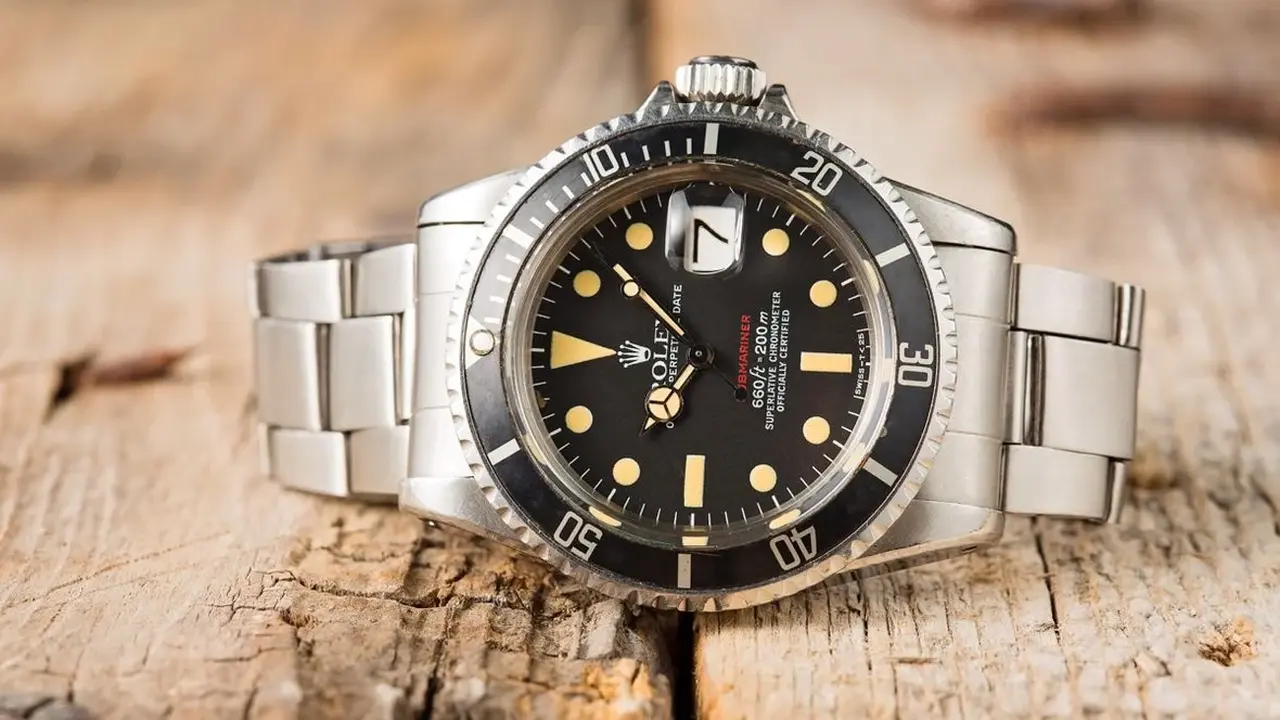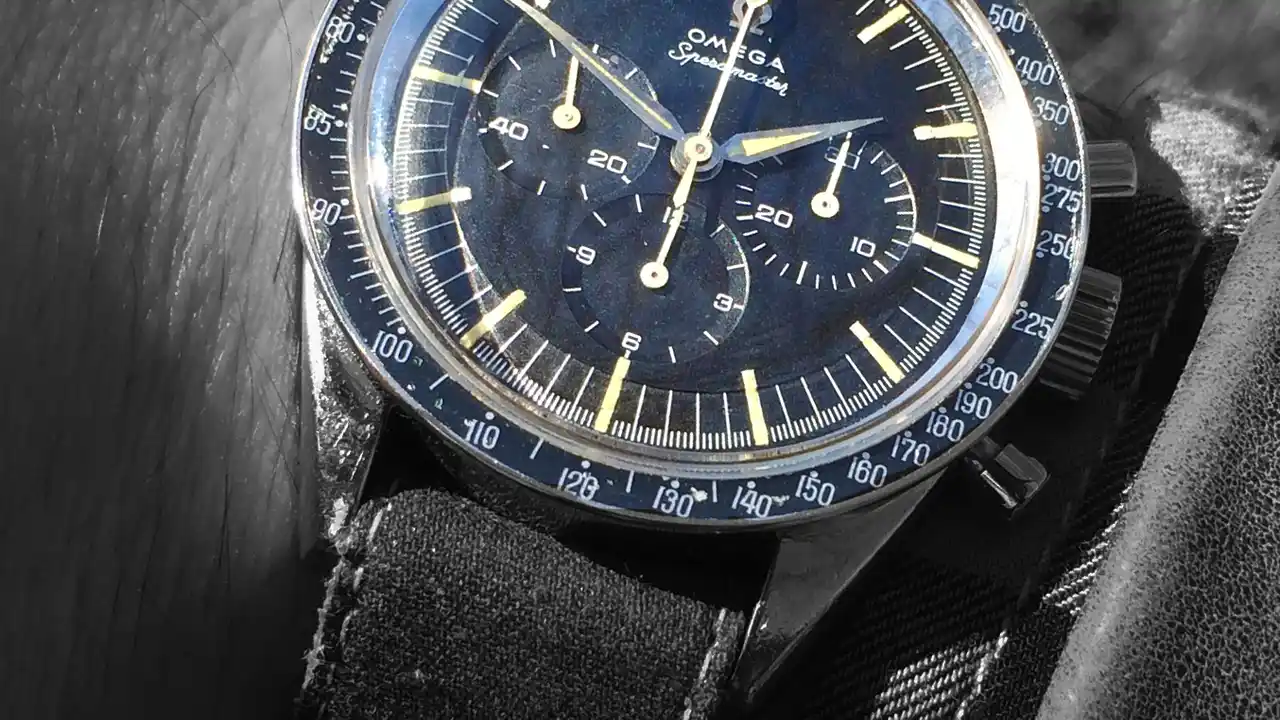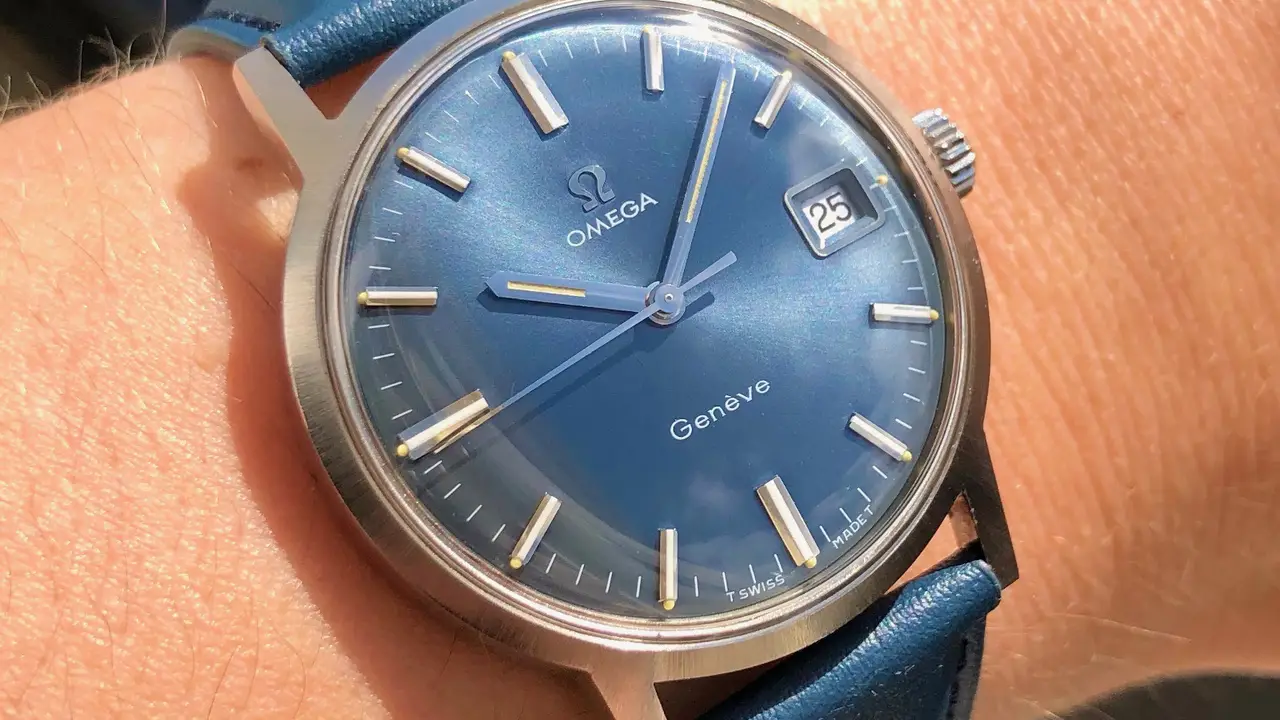Vintage Watch Authenticity_ Spotting Fakes and Protecting Your Investment
Learn how to spot fakes and protect your investment in vintage watches. Expert tips on verifying authenticity and avoiding scams.

Understanding the Allure and Risks of Vintage Watch Collecting
So, you're diving into the exciting world of vintage watch collecting? Fantastic! It's a journey filled with history, craftsmanship, and the thrill of finding a hidden gem. But before you start throwing your hard-earned cash around, let's talk about something crucial: authenticity. The vintage watch market, while brimming with incredible pieces, also has its share of fakes and frankenwatches (watches assembled from parts of different watches). Knowing how to spot them is the key to protecting your investment and enjoying the hobby without getting burned.
The Anatomy of a Fake Vintage Watch: Common Red Flags
Fakes come in all shapes and sizes, from blatant knock-offs to deceptively convincing replicas. Here are some common red flags to watch out for:
- Incorrect Markings and Fonts: This is often the first giveaway. Compare the font on the dial, case back, and movement to authentic examples. Fakers often struggle to replicate the precise details of the original fonts.
- Poor Quality Materials: Vintage watches were built to last, using high-quality materials. If the case feels flimsy, the crystal is easily scratched, or the plating is wearing off quickly, it's a bad sign.
- Inaccurate Movement: The movement is the heart of the watch. If it looks noticeably different from the original movement for that model, or if it's too clean (vintage movements should show some signs of age), be suspicious.
- Misaligned Components: Sloppy craftsmanship is a hallmark of fakes. Check for misaligned hands, crooked indices, and uneven printing on the dial.
- Unusual Case Back Markings: Research the correct markings for the model you're interested in. Fakes often have incorrect or missing markings.
- Too Good to Be True Price: If a vintage Rolex Submariner is priced at $500, run away! Extremely low prices are a major warning sign.
Key Models and Their Specific Authentication Challenges
Let's look at some popular models and the specific authentication challenges they present:
Rolex Submariner: Spotting Fake Dials and Bezels
The Rolex Submariner is one of the most faked watches in the world. Pay close attention to the dial – the font, lume plots, and printing quality. The bezel should rotate smoothly and have the correct markings. Be wary of dials that appear to be repainted or relumed, as this can significantly devalue the watch.
Example: A vintage Rolex Submariner 5513. Authentic models have specific dial variations depending on the year of production. A 'meters first' dial (where the depth rating in meters is listed before feet) is highly sought after. A fake might have an incorrect font or spacing on the depth rating. A genuine 5513 in good condition can fetch anywhere from $15,000 to $30,000+, depending on its originality and condition. Fakes can be found for a few hundred dollars, but they are easily identifiable with careful inspection.
Omega Speedmaster: Verifying the Correct Movement and Case
The Omega Speedmaster, especially the pre-moon models, is another popular target for fakers. Verify that the movement is the correct caliber for the model and that the case back markings are accurate. Check the hands – the shape and length should match the original design.
Example: An Omega Speedmaster Professional 145.022-69. This model features the Caliber 861 movement. A fake might have a different movement entirely, or it might be a later Caliber 1861 (which is visually similar but has some subtle differences). The case back should have the correct reference number and the 'Flight-Qualified by NASA' inscription. Prices for a genuine 145.022-69 in good condition range from $5,000 to $10,000. A fake will likely be priced much lower and will lack the correct movement and case back details.
Rolex Datejust: Examining the Dial and Bezel Details
While not as heavily faked as the Submariner, the Rolex Datejust still has its share of replicas. Pay attention to the date wheel font, the fluted bezel (if applicable), and the overall quality of the dial. Check for consistent spacing and alignment of the hour markers.
Example: A vintage Rolex Datejust 1601. The 1601 is known for its pie-pan dial and fluted bezel. A fake might have a flat dial or a poorly executed fluted bezel. The date wheel font should be crisp and clear. A genuine 1601 in good condition can be found for around $3,000 to $6,000. Fakes often have a dull, unrefined finish and incorrect dial details.
Practical Tips for Verifying Authenticity Before You Buy
Okay, so how do you actually put these tips into practice? Here's a step-by-step guide:
- Do Your Research: Before even looking at a watch, research the specific model you're interested in. Understand its history, variations, and key features. Use online resources like watch forums, auction archives, and manufacturer websites.
- Inspect High-Resolution Photos: Request high-resolution photos from the seller, including close-ups of the dial, case, movement, and case back. Zoom in and look for any inconsistencies or red flags.
- Ask Questions: Don't be afraid to ask the seller detailed questions about the watch's history, service records, and originality. A reputable seller will be happy to answer your questions.
- Check the Seller's Reputation: Buy from reputable dealers or auction houses with a proven track record. Read reviews and feedback from other buyers.
- Compare to Known Authentic Examples: Compare the watch to known authentic examples online. Look for subtle differences in the dial, hands, and case.
- Consider a Professional Appraisal: If you're unsure about a watch's authenticity, consider having it appraised by a qualified watchmaker or appraiser. They can examine the watch in person and provide an expert opinion.
- Trust Your Gut: If something feels off about a watch, trust your gut instinct. It's better to walk away than to risk buying a fake.
Tools and Resources for Vintage Watch Authentication
Here are some helpful tools and resources to aid in your authentication efforts:
- Loupe: A good quality loupe (10x or higher magnification) is essential for examining small details on the dial, movement, and case.
- Calipers: Calipers can be used to measure the dimensions of the case and bracelet to ensure they match the original specifications.
- Online Watch Forums: Watch forums are a great place to ask questions, share photos, and get advice from experienced collectors.
- Auction Archives: Auction archives (like Christie's, Sotheby's, and Phillips) provide a wealth of information on vintage watch prices and authenticity.
- Watch Database Websites: Websites like WatchBase and Ranfft Watches provide technical information and photos of various watch movements.
Protecting Your Investment: Insurance and Documentation
Once you've acquired a genuine vintage watch, it's important to protect your investment. Consider the following:
- Insurance: Insure your vintage watches against theft, damage, and loss. Specialized watch insurance policies are available.
- Documentation: Keep all documentation related to your watches, including purchase receipts, appraisal reports, and service records. This will help to establish provenance and value.
- Secure Storage: Store your watches in a safe and secure location, away from direct sunlight, moisture, and extreme temperatures.
The Southeast Asian Market: Specific Challenges and Considerations for Authenticity
The Southeast Asian market presents unique challenges when it comes to vintage watch authenticity. The region is known for its thriving replica industry, and it can be difficult to distinguish genuine pieces from fakes. Here are some specific considerations:
- Prevalence of Fakes: Be extra cautious when buying vintage watches in Southeast Asia, as the market is flooded with fakes.
- Language Barriers: Language barriers can make it difficult to communicate with sellers and verify the authenticity of watches.
- Local Customs and Regulations: Understand the local customs and regulations regarding the sale of vintage watches.
- Reputable Dealers: Seek out reputable dealers with a proven track record in the Southeast Asian market.
:max_bytes(150000):strip_icc()/277019-baked-pork-chops-with-cream-of-mushroom-soup-DDMFS-beauty-4x3-BG-7505-5762b731cf30447d9cbbbbbf387beafa.jpg)





